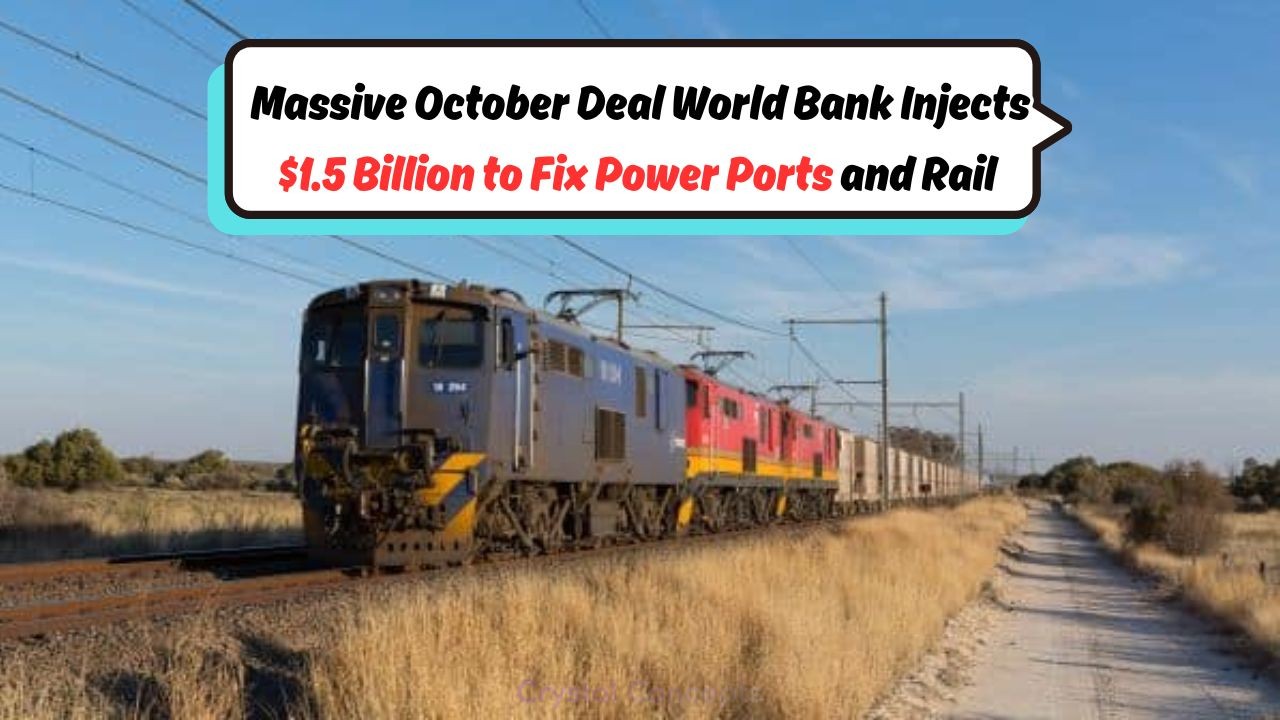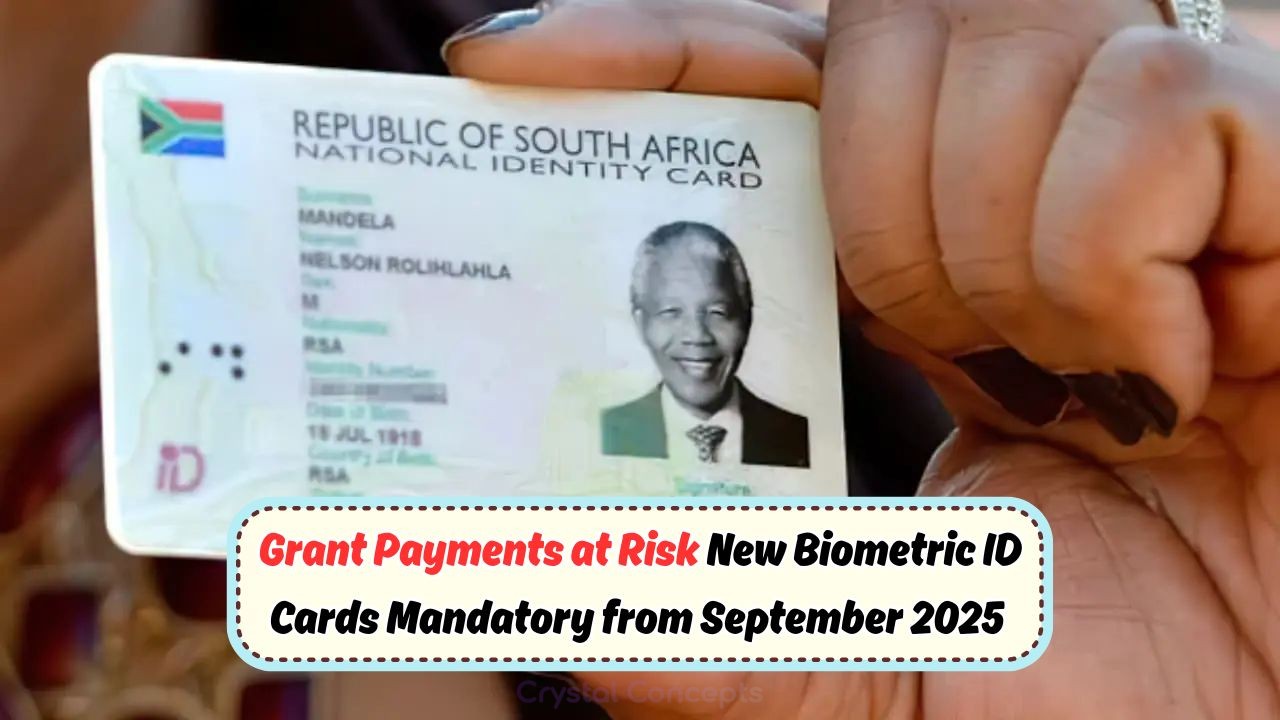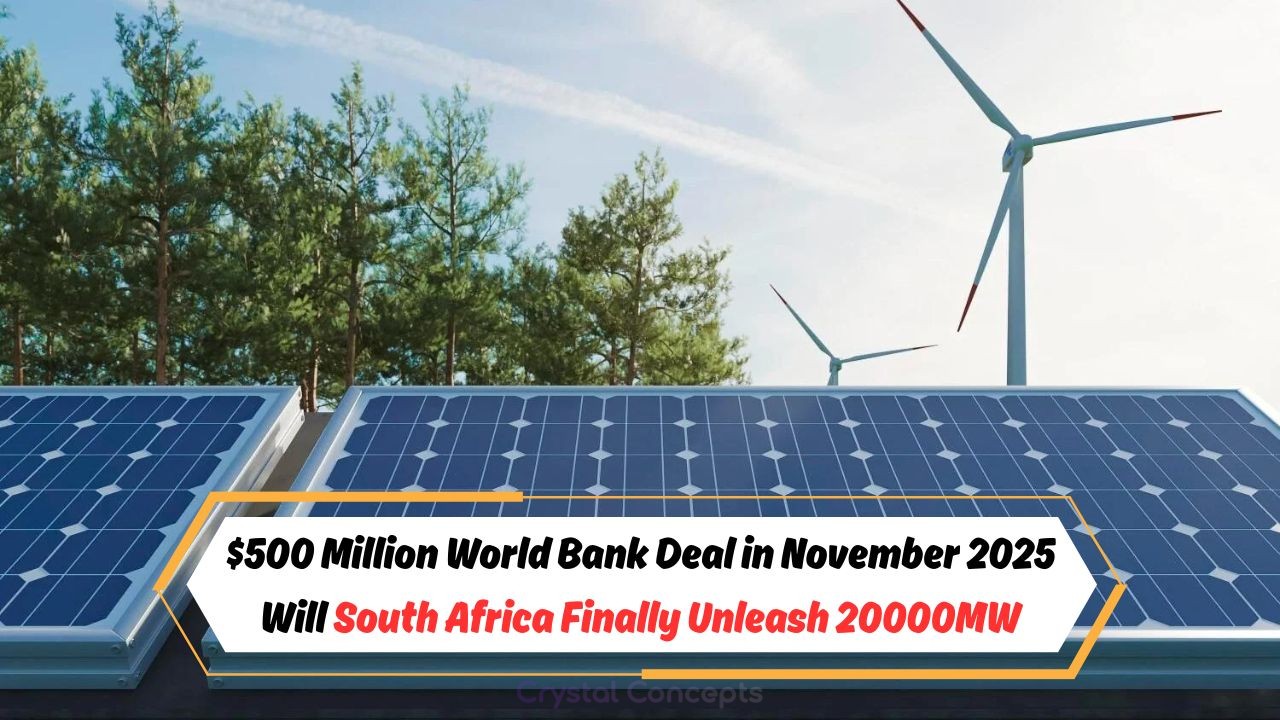World Bank’s $1.5 Billion Boost: South Africa is gearing up for a transformative journey with the World Bank’s monumental $1.5 billion investment aimed at revitalizing its power and train systems by 2026. This initiative is a crucial step towards addressing the country’s ongoing infrastructure challenges, ensuring a more reliable power supply, and improving the efficiency of its rail network. With this financial injection, South Africa is poised to tackle the pressing issues that have long plagued its energy and transportation sectors, promising a brighter and more sustainable future for its citizens. As the country embarks on this ambitious project, the focus will be on modernizing existing systems and embracing innovative technologies to drive growth and development.
Revamping South Africa’s Energy Sector
The allocation of the World Bank’s funds towards South Africa’s power sector is a crucial move. The country has faced significant challenges in maintaining a stable electricity supply, largely due to aging infrastructure and management issues. By 2026, the investment aims to rejuvenate the power grid, with a strong emphasis on sustainability and renewable energy sources. This transformation not only promises to stabilize electricity supply but also to reduce reliance on fossil fuels, aligning with global efforts to combat climate change. Key projects will include upgrading power plants, expanding solar and wind energy installations, and enhancing grid resilience. These efforts are expected to decrease power outages and improve efficiency, contributing to economic growth.
| Year | Project | Investment (Million USD) | Outcome |
|---|---|---|---|
| 2023 | Solar Farm Expansion | 500 | Increased Renewable Energy Capacity |
| 2024 | Grid Modernization | 300 | Reduced Power Outages |
| 2025 | Wind Energy Projects | 400 | Enhanced Energy Diversity |
| 2026 | Infrastructure Overhaul | 300 | Improved Grid Reliability |
Rail Network Overhaul by 2026
Simultaneously, South Africa’s rail network is set for a substantial overhaul, which is a vital component of the country’s broader infrastructure development goals. The $1.5 billion boost will significantly enhance the efficiency and reliability of the train system, which is essential for both passenger and freight transportation. The investment will prioritize the refurbishment of existing rail lines, the procurement of modern rolling stock, and the implementation of advanced signaling systems. These upgrades aim to reduce delays, increase safety, and improve overall service quality, thus encouraging more people to opt for rail travel over road transport, reducing congestion and pollution.
Key Rail Projects
- Refurbishment of major rail corridors to ensure smoother operations.
- Introduction of new, energy-efficient trains to reduce environmental impact.
- Enhanced safety measures through advanced signaling technology.
- Development of commuter-friendly stations with better facilities.
Impact on Economic Growth
| Sector | Investment (Million USD) | Job Creation | GDP Growth (%) |
|---|---|---|---|
| Energy | 1,200 | 10,000 | 2.5 |
| Rail | 300 | 5,000 | 1.0 |
Strategic Implementation Plans
To ensure the success of these ambitious projects, South Africa will implement a strategic framework that involves collaboration between the government, private sector, and international partners. This approach aims to optimize resources, leverage expertise, and ensure transparency and accountability throughout the project’s lifecycle. Regular monitoring and evaluation will be conducted to track progress and make necessary adjustments to strategies, ensuring that the objectives are met within the stipulated timeline. Furthermore, community engagement will play a pivotal role in fostering support and understanding among the populace, emphasizing the long-term benefits of these infrastructural advancements.
Implementation Strategies
- Public-private partnerships to foster innovation and resource sharing.
- Regular audits to ensure financial transparency and accountability.
- Community awareness campaigns to highlight project benefits.
- Ongoing training programs for workforce development.
Challenges and Opportunities
While the World Bank’s financial support presents a significant opportunity for South Africa, several challenges must be addressed to maximize the benefits. The country’s historical issues with corruption, bureaucratic inefficiencies, and resource mismanagement pose potential risks to the project’s success. However, these challenges also present opportunities to implement reforms that could strengthen governance and foster a more resilient economic environment. By addressing these issues head-on, South Africa can set a precedent for effective infrastructure development and create a model for other nations facing similar challenges.
- Implementing stringent anti-corruption measures to safeguard funds.
- Streamlining bureaucratic processes to expedite project timelines.
- Enhancing local capacity through skill development initiatives.
- Promoting international collaboration for knowledge exchange.
Looking Towards a Sustainable Future
As South Africa embarks on this transformative journey, the focus remains steadfast on achieving sustainability and resilience. By incorporating renewable energy solutions and modernizing transportation infrastructure, the country aims to reduce its carbon footprint and enhance the quality of life for its citizens. This holistic approach not only addresses immediate challenges but also sets the stage for a prosperous and environmentally conscious future. As these projects unfold, South Africa’s commitment to sustainability will serve as a guiding principle, inspiring other nations to pursue similar paths of development.
 August 6 Update: SASSA Boosts Child Support to R560, But Beware of These Cancellation Errors
August 6 Update: SASSA Boosts Child Support to R560, But Beware of These Cancellation Errors
Long-term Sustainability Goals
- Achieving a 40% reduction in carbon emissions by 2030.
- Transitioning to 50% renewable energy sources by 2040.
- Creating sustainable urban transport solutions.
- Enhancing public awareness of environmental conservation.
Conclusion: A New Era for South Africa
Through the World Bank’s $1.5 billion investment
, South Africa is positioned to embark on a new era of infrastructure development, addressing critical power and transportation challenges. This financial boost is more than just an investment; it’s a catalyst for change that promises to revitalize the nation’s economy and enhance the quality of life for its citizens. As the projects progress towards the 2026 deadline, the nation can look forward to a more sustainable, efficient, and prosperous future. The focus on renewable energy and modernized rail systems will not only meet present needs but also pave the way for future generations to thrive in a world that values sustainability and innovation. South Africa’s journey towards revitalization is not merely about overcoming obstacles but about building a legacy of resilience and progress for years to come.
FAQs: World Bank’s Investment in South Africa
What is the main focus of the World Bank’s $1.5 billion investment?
The investment primarily focuses on revitalizing South Africa’s power and train systems to ensure a more sustainable and efficient infrastructure by 2026.
How will the power sector benefit from this investment?
The power sector will benefit through grid modernization, increased renewable energy capacity, and improved energy efficiency, reducing power outages and fossil fuel reliance.
What are the expected outcomes for the rail network?
The rail network will see reduced delays, increased safety, and improved service quality through infrastructure upgrades and the introduction of modern technology.
 Don't Miss Out: SASSA Grants Increase to R2,315 This August—Act Now to Secure Your Payout!
Don't Miss Out: SASSA Grants Increase to R2,315 This August—Act Now to Secure Your Payout!
How does this investment align with South Africa’s sustainability goals?
The investment supports sustainability goals by promoting renewable energy, reducing carbon emissions, and modernizing transport to lower environmental impact.








